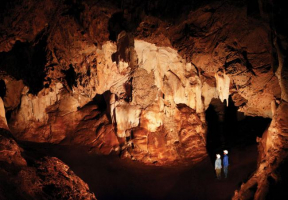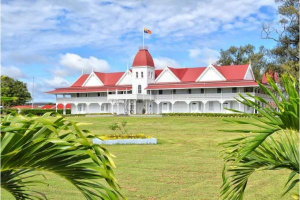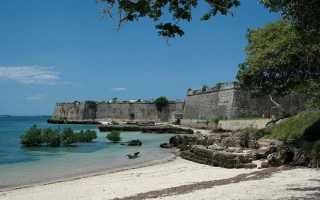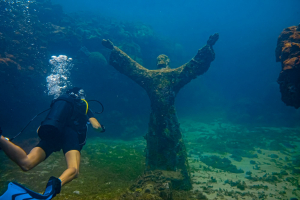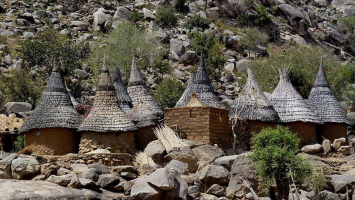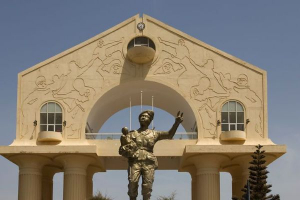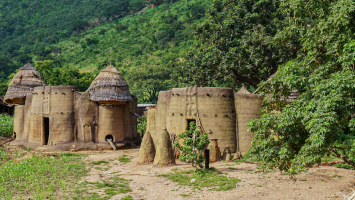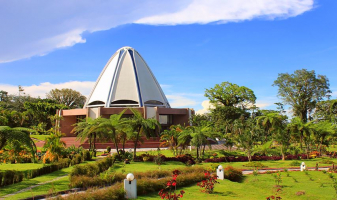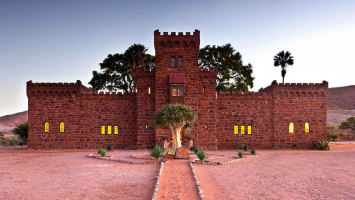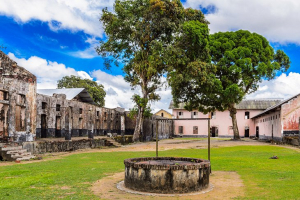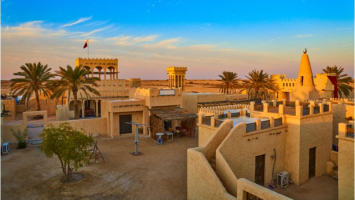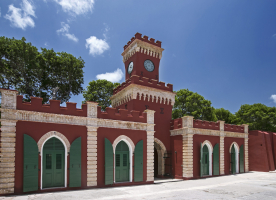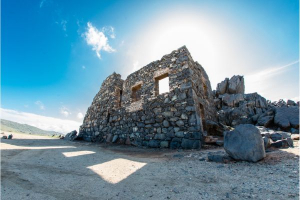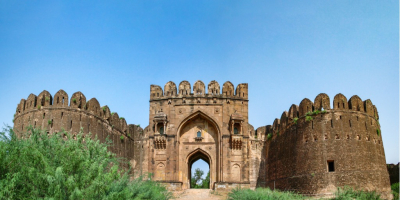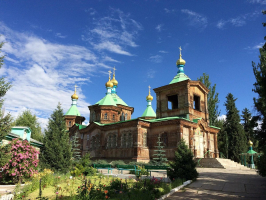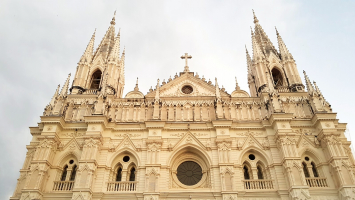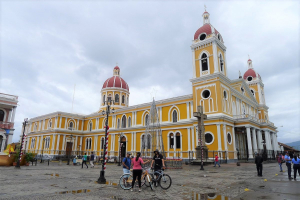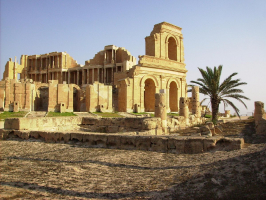Top 8 Most Famous Historical Sites in Ghana
Ghana's historic sites are an essential characteristic that visitors should not overlook. The vast majority of them depict tales of persecution, survival, and ... read more...inventiveness. Ghana is one of West Africa's most progressive countries. Ghana, which is located between the Atlantic Ocean and the Gulf of Guinea, is known around the world for its distinct cultures, particularly the Kente. During the trans-Atlantic slave trade, Ghana was also a key player. Some of these historic sites and antiquities have been well preserved by the Ghanaian government. Ghana has several historic places that evoke powerful emotions, ranging from monuments that are now UNESCO World Heritage sites to ancient tribes. If you enjoy antiquities, make a point of visiting the following historic sites while in Ghana. Let's discover the most famous historical sites in Ghana now!
-
The Ashanti Kingdom was a formidable force in the 18th century, and its influence continues to this day in Ghana. They were able to dominate wide areas with significant gold reserves due to their militaristic mentality. Before the arrival of the Europeans in 1806, they ruled over a large portion of what is now Ghana.
The Asante Kingdom built thirteen houses on this historic site. A large number of Asante structures were destroyed during the European period. The remaining structures, on the other hand, have become cultural icons. They were designated as one of two UNESCO World Heritage Sites in Ghana in 1980. The walls are built of clay or mud, and the roofs are made of braided palm branches. They feature a geometrical pattern with stylized animal symbols adorning them.
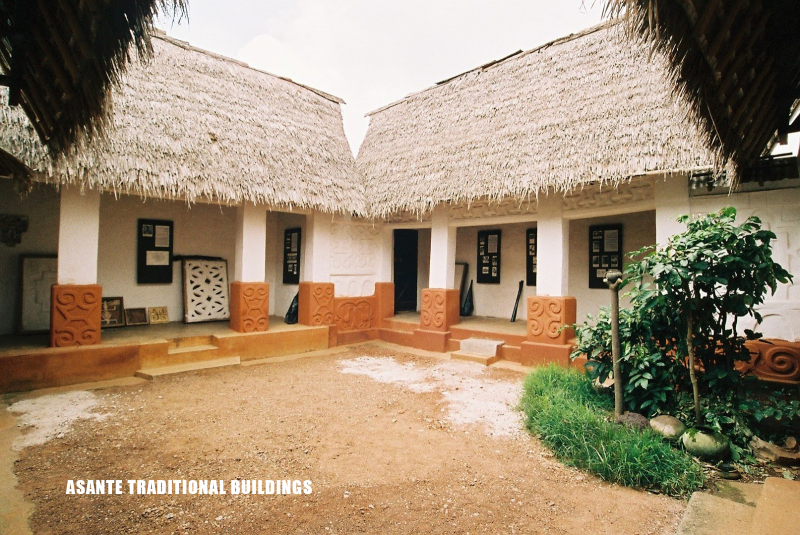
Photo: africanvibes.com 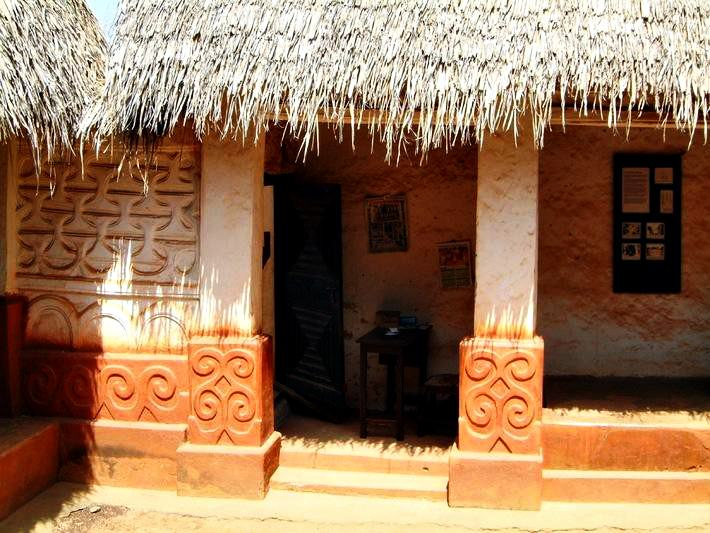
Photo: OrangeSmile.com -
Jamestown, Accra's oldest area, is one of the city's two oldest districts. Usshertown is the second. Jamestown had settlements as early as the 17th century. It had already undergone significant development by the end of the nineteenth century. Jamestown is still used as an excellent fishing port today. Over time, the population of the area has increased dramatically.
The lighthouse is Jamestown's most visible structure. The original edifice dates from 1871 and was built by the British. The current construction, on the other hand, dates from the 1930s. The lighthouse in Jamestown stands at a towering 28 meters. You may obtain a bird's eye view of the Ussher Fort, the Bukom area, and the James Fort from the summit. Today, Jamestown is a major tourist destination and one of Ghana's most important historic monuments.
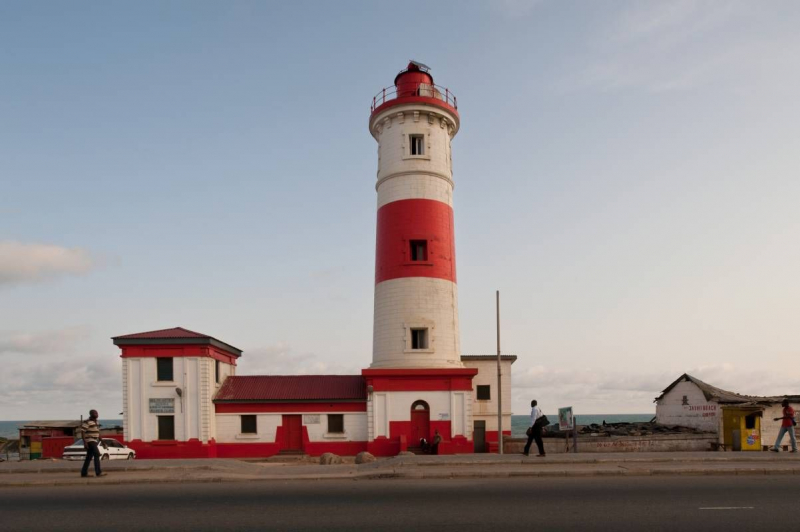
Photo: africanvibes.com 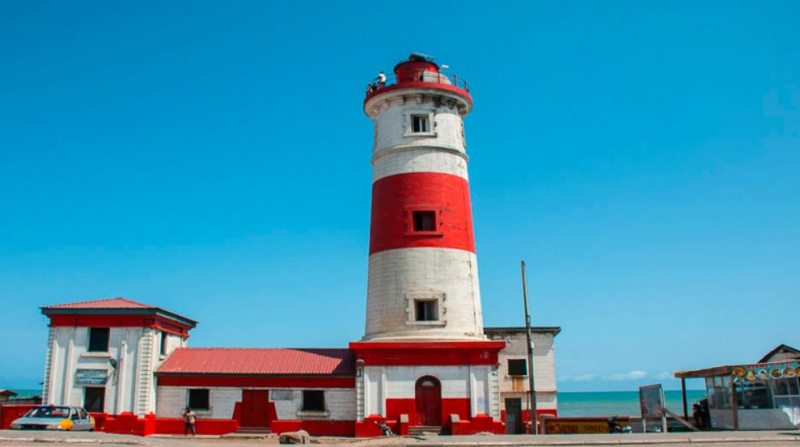
Photo: viewGhana -
In Ghana, this is the country's second UNESCO World Heritage Site. Between the 15th and 18th centuries, several fortified trading posts were constructed. These majestic structures stretch over about 500 kilometers, nestled between the coasts of Beyin and Keta in the west and east, respectively.
Traders from Denmark, Britain, Germany, Holland, Portugal, Spain, and Sweden were among the fort's various inhabitants over the century. As a result, they played a significant role in the gold and slave trades. Ghana's forts are in better condition than forts in surrounding countries. This structure was designated as a World Heritage Site by UNESCO in 1979.
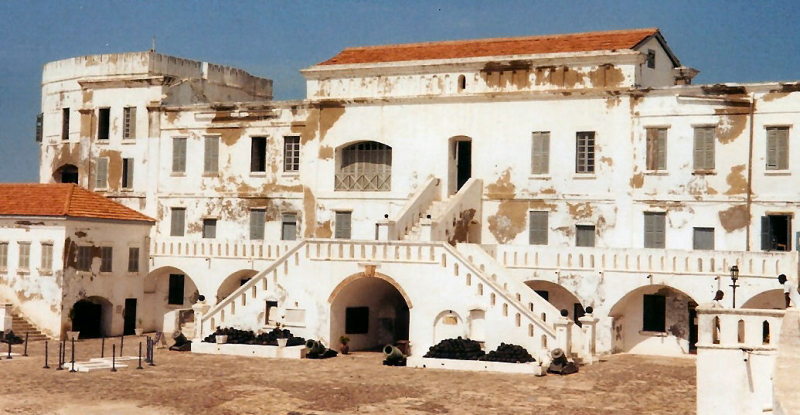
Photo: africanvibes.com 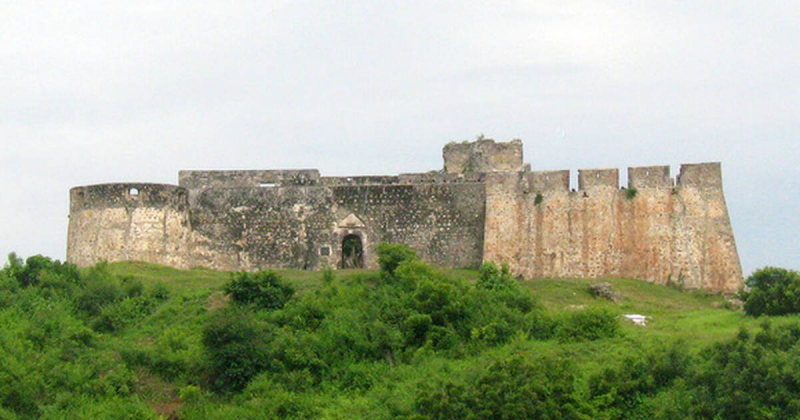
Photo: UNESCO World Heritage Centre -
Kakum National Park is one of the most famous historical sites in Ghana. Kakum National Park was established in 1931, although it was not designated as a national park until 1992. The park has a total area of 357 km2. The canopy walkway is the park's main feature. This is Africa's first of its sort. It's also one of just three places on the continent with a similar boardwalk that stretches for up to 350 meters. The path connects six massive trees and rises to a height of forty meters above the forest floor.
Hardwood trees up to 65 meters tall, medicinal plants, and the Sun Bird Trail are among the park's other attractions. The majority of visitors want to feel the walkway. As a result, if you intend to visit this park, make sure you come on time.
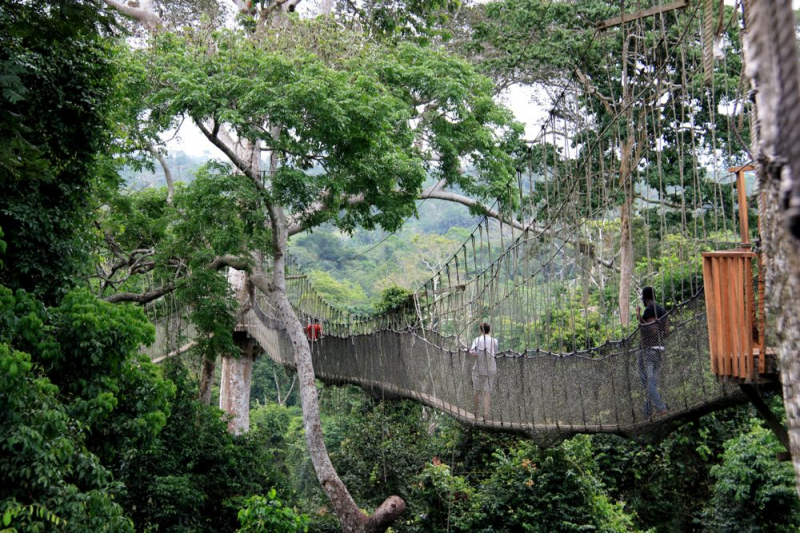
Photo: The Global Alliance of National Parks 
Photo: Google Sites -
This is a popular tourist destination in Ghana because it is one of the country's historic landmarks. In 2008, the Ghana Tourist Board announced that travelers visiting this area brought in around $500 million.
The origins of this slave camp can be traced all the way back to 1704. Slave raiders arrived in Paga and the surrounding areas and enslaved the locals. Slave camps were established in the area as a result of this unrestrained activity. Paga Nania, in the Upper East Region, appears forlorn. Water troughs in the rock, observation posts, and grinding stones are all that are left. The management is requesting that the government remodel the camps to make them more appealing.
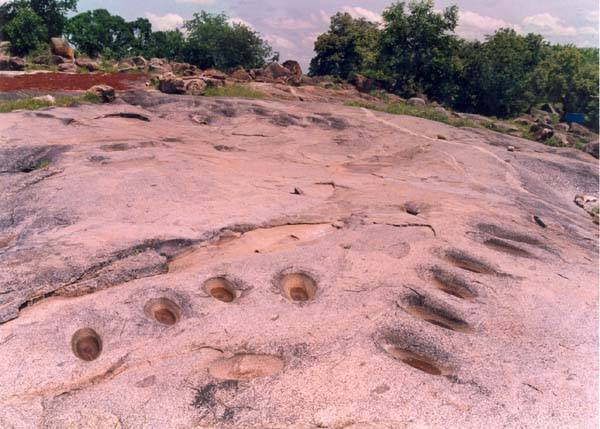
Photo: North & South Untd Tourism Consult -
The British government provided money for this cathedral. The Anglican Diocese of Accra includes the Holy Trinity Cathedral. This historic structure was finished in 1894, but it was converted to a cathedral in 1909. Holy Trinity Cathedral is another name on the list of the most famous historical sites in Ghana.
The rectangular bell tower is the most notable aspect of this fortress-like construction. The church is not just a place of worship, but it is also one of Ghana's most popular tourist attractions. The tranquillity of the residents behind the walls is a welcome relief from the hustle and bustle of the city.
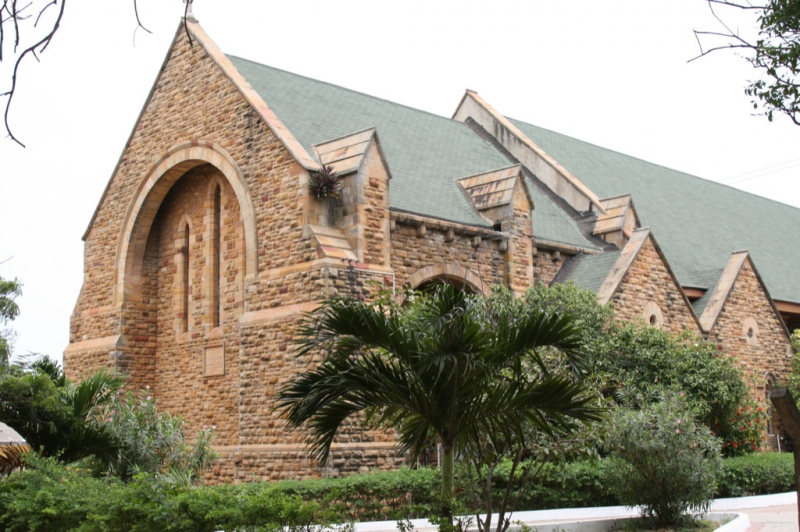
Photo: africanvibes.com 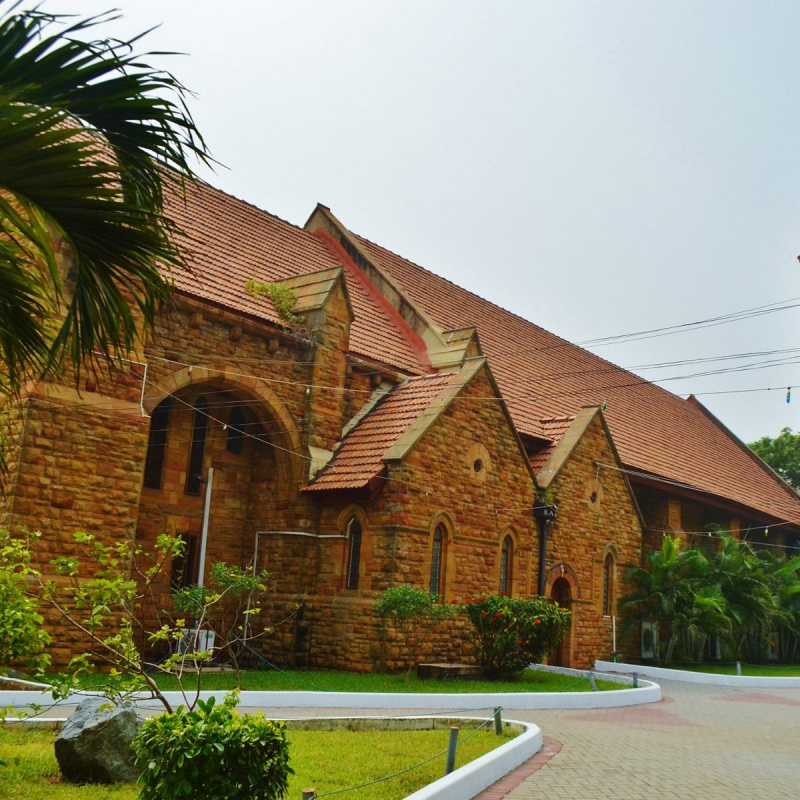
Photo: North & South Untd Tourism Consult -
Humans have a built-in survival instinct. The Gwollu slave defensive wall is one of Ghana's historic places that exemplifies how far humanity can go to survive. Gwollu is a tiny town in the Upper West Region's Sissala West district.
The Gwollu wall was built in the nineteenth century. It was created by Gwollu Koro Limann with the primary goal of protecting the population against slave raids. Environmental causes have destroyed the majority of these walls. The only surviving wall is in Gwollu, a border town. Other notable tourist attractions in Gwollu include a traditional bone-setting clinic and a crocodile pond. Hilla Limann (1979-1981), the former president, is also buried here.
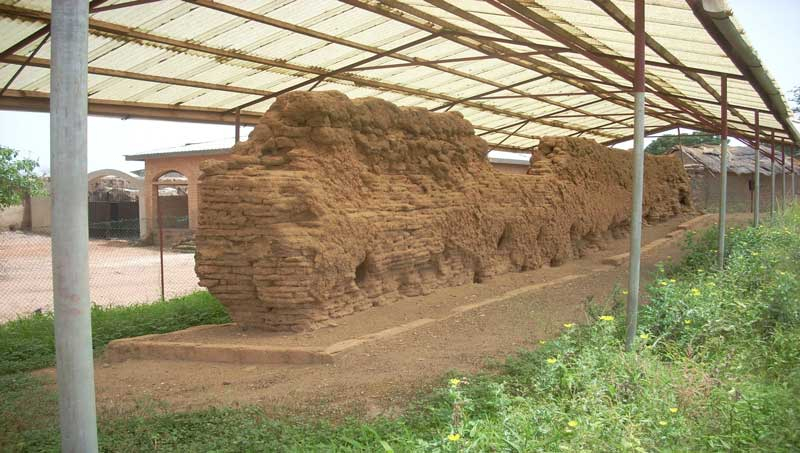
Photo: africanvibes.com 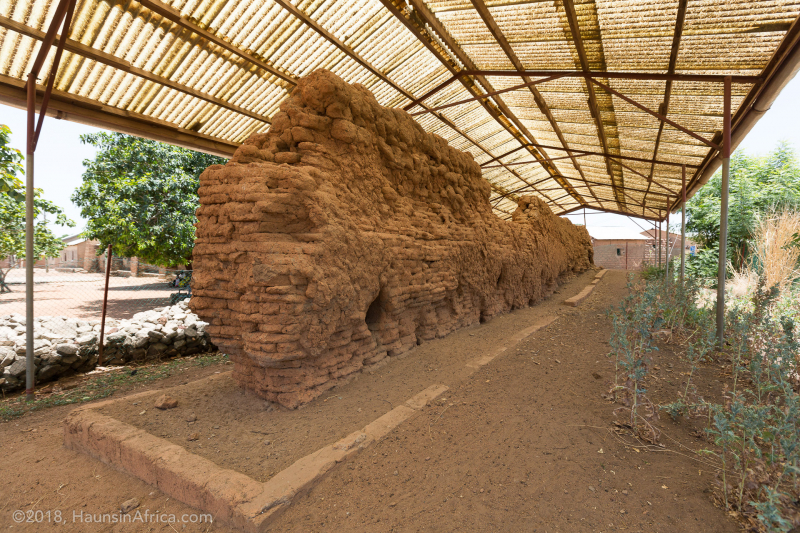
Photo: Holy Trinity Cathedral -
Cape Coast Castle is also one of the most famous historical sites in Ghana. This structure was built by the Swedes in the 15th century to facilitate the gold and timber trade. It was, however, later utilized as a slaveholding facility before being sent to America. In the 1920s, the British Public Works Department began repair work on the castle.
The Ghana Museums and Monuments Board took over the building's preservation after Ghana's independence in 1957. The structure now functions as a museum, housing items and documentation relating to slavery. The rusted canons on the walls provide a dramatic depiction of the facility's fortification.
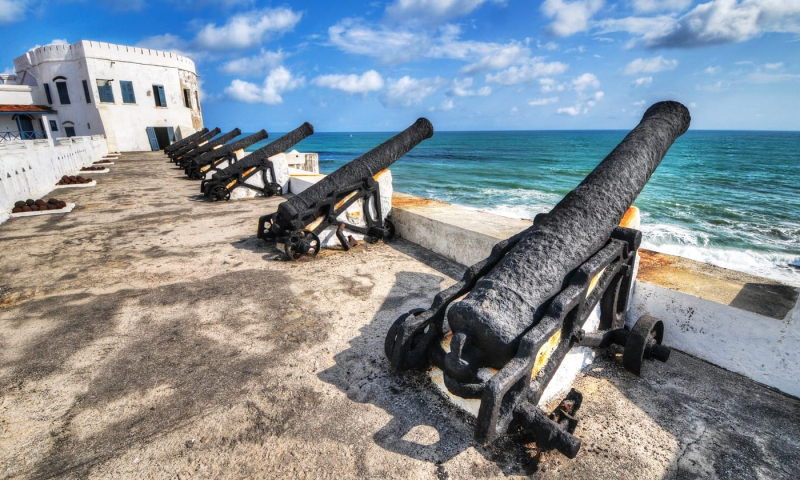
Photo: africanvibes.com 
Photo: Ghana Museums & Monuments Board










